Description
Introduction
Welcome to our comprehensive guide on the Detector de Pig, a crucial technology in the pipeline industry. This article aims to provide an in-depth understanding of what a Detector de Pig is, how it operates, its various types, and the numerous benefits and applications it presents in modern industry.
The Detector de Pig, or Pig Detector, is an innovative tool used for tracking and monitoring the movement of ‘pigs’ within pipelines. These ‘pigs’ are specialized devices deployed for a variety of purposes, including pipeline cleaning, inspection, and product separation. As we delve deeper into the article, we will explore the fascinating world of Pig Detectors and their transformative impact on pipeline operations.
What is a Detector de Pig?
A Detector de Pig, also known as a Pig Detector, is a critical piece of technology utilized in the pipeline industry. This device is designed to accurately detect, track, and monitor the movement of ‘pigs’ within a pipeline. The term ‘pig’ in this context refers to devices that are inserted and travel through pipelines for various operational tasks, including cleaning, inspection, and product separation. The Detector de Pig operates either intrusively or non-intrusively, depending on the specific design and application.
The primary purpose of a Detector de Pig is to ensure the efficient and safe operation of pipeline systems. By accurately tracking the movement of ‘pigs’, these detectors provide essential real-time data, allowing operators to identify any potential issues such as blockages or pig malfunctions. This information helps prevent costly downtime and potential hazards, thereby enhancing the overall operational efficiency and safety of pipeline systems. Understanding the role and function of a Detector de Pig is key to appreciating its value in the pipeline industry.
How Does a Detector de Pig Work?
The Principles Behind a Detector de Pig
At its core, a Detector de Pig operates on the principle of detecting changes in the physical properties of the pipeline, such as magnetic field, pressure, or acoustic signals, induced by the passage of a ‘pig’. These detectors are equipped with sensors that can identify and respond to these changes. Depending on the specific type of detector, it may be designed to operate either intrusively, with sensors placed directly inside the pipeline, or non-intrusively, with sensors located outside the pipeline.
Tracking and Monitoring ‘Pigs’ in Pipelines
The process of tracking and monitoring ‘pigs’ begins when these devices are inserted into the pipeline and begin their journey. As the ‘pig’ moves along the pipeline, it induces changes in physical properties that the Detector de Pig’s sensors pick up. For example, a magnetic pig detector would sense changes in the magnetic field caused by the passage of a pig, while an acoustic detector would pick up sound signals. This data is then processed and relayed to the pipeline operators, providing real-time tracking of the ‘pig’s’ position and movement inside the pipeline. This information is crucial in ensuring the ‘pig’ is performing its task effectively and that the pipeline system is functioning smoothly.
Types of Detector de Pig
Types of Detector de Pig
There are primarily two types of Pig Detectors, categorized based on their method of operation: intrusive and non-intrusive. Intrusive Pig Detectors are installed directly inside the pipeline. They work by physically interacting with the ‘pig’ as it passes through the pipeline, triggering a signal that is relayed to the operators. Non-intrusive Pig Detectors, on the other hand, are installed externally and detect the ‘pig’s’ presence through changes in physical properties such as magnetic field or acoustic signals, without any direct contact with the ‘pig’ or the internal pipeline environment.
Comparison of Intrusive and Non-Intrusive Detectors
Each method of detection has its advantages and disadvantages. Intrusive Pig Detectors are often praised for their high degree of accuracy, as they are in direct contact with the ‘pig’. However, their invasive nature can introduce potential risks, such as pipeline integrity issues or the detector itself becoming a blockage. Furthermore, they require the pipeline to be depressurized and cut open for installation and maintenance, leading to potential downtime. Non-intrusive Pig Detectors, while they may not offer the same level of direct accuracy as intrusive ones, provide significant advantages. Their external installation eliminates the risks associated with pipeline intrusion and allows for easier access for maintenance, reducing downtime. Moreover, advancements in technology have greatly improved their accuracy and reliability, making them an increasingly popular choice in many pipeline industries.
Benefits of Using a Detector de Pig
Benefits of Using a Detector de Pig
Utilizing a Detector de Pig in pipeline operations brings a host of benefits, particularly in terms of safety and efficiency. By providing real-time tracking of ‘pigs’ within pipelines, these detectors enable operators to promptly identify any anomalies in the pig’s movement, which could indicate issues like blockages or malfunctions. This early detection is crucial in preventing potential accidents, thereby enhancing overall safety. Moreover, by ensuring that ‘pigs’ are functioning as intended, Detectors de Pig contributes to the efficiency of pipeline operations, minimizing downtime and optimizing product flow.
Real-World Advantages of Detector de Pig
In real-world scenarios, the benefits of using a Detector de Pig are clear. For instance, in the oil and gas industry, where pipeline blockages could lead to significant financial losses and environmental hazards, the use of a Detector de Pig provides a proactive approach to maintaining the integrity of the pipelines. In the water treatment industry, these detectors can ensure that cleaning ‘pigs’ are effectively removing deposits and buildup, maintaining the efficiency of the pipeline system. Across various industries, the Detector de Pig has proven to be a valuable tool in enhancing operational safety and efficiency.
Applications of Detector de Pig
The Detector de Pig finds applications in a variety of industries that rely on pipeline systems for their operations. These industries include but are not limited to, the oil and gas sector, water treatment plants, and the pharmaceutical industry. The common thread between these industries is the need to maintain the cleanliness, safety, and efficiency of their pipelines, and the Detector de Pig plays a significant role in fulfilling these requirements. In the oil and gas sector, the Detector de Pig helps ensure the smooth transportation of products by monitoring for pipeline blockages and enabling routine inspections. In water treatment plants, these detectors help maintain the cleanliness of the pipelines by ensuring the effective operation of cleaning ‘pigs’. In the food and beverage and pharmaceutical industries, where pipeline hygiene is critical, the Detector de Pig helps verify the success of sanitization ‘pigs’, contributing to quality control and safety standards. Thus, the Detector de Pig is a versatile tool that significantly contributes to efficiency and safety across a range of industries.
Conclusion
In summary, the Detector de Pig is a critical tool in the operation and maintenance of pipeline systems. We have explored its role as a device that accurately tracks and monitors the movement of ‘pigs’ within pipelines. These ‘pigs’ serve various operational tasks, ranging from cleaning to inspection and product separation. We delved into the principles behind these detectors, highlighting how they work based on changes in physical properties induced by the movement of a ‘pig’. We also compared the two main types of detectors, intrusive and non-intrusive, discussing the unique advantages and drawbacks each presents.
The Detector de Pig’s importance and relevance in today’s industrially advanced society cannot be overstated. It’s a tool that substantially enhances safety and efficiency, significantly contributing to the smooth operation of various industries that rely on pipeline systems, including oil and gas, water treatment, food and beverage, and pharmaceuticals. As technology evolves, we can anticipate continuous improvements and innovations in the design and operation of these detectors, further reinforcing their integral role in modern industry.

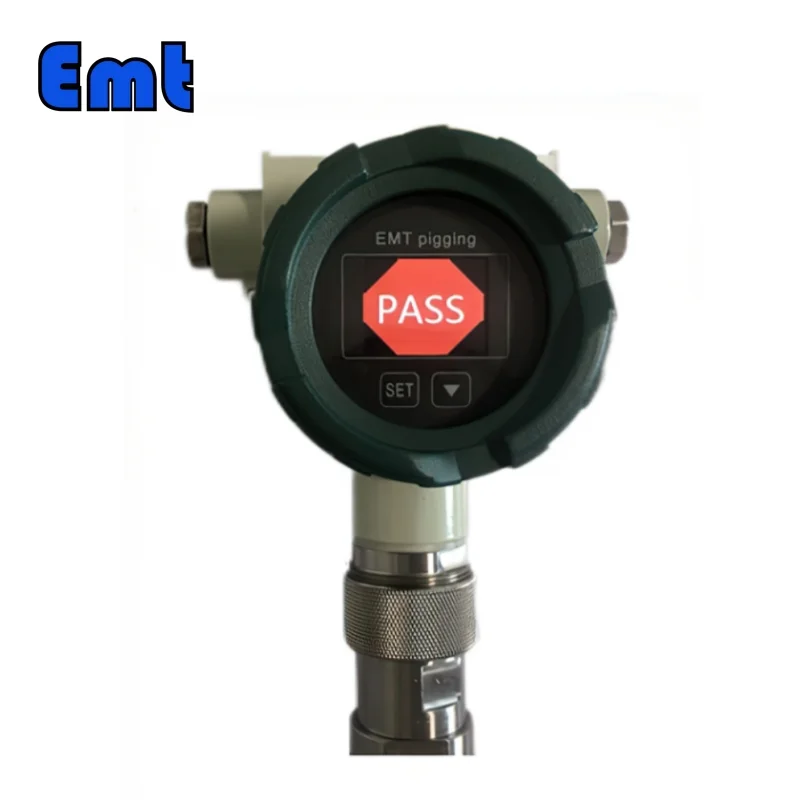
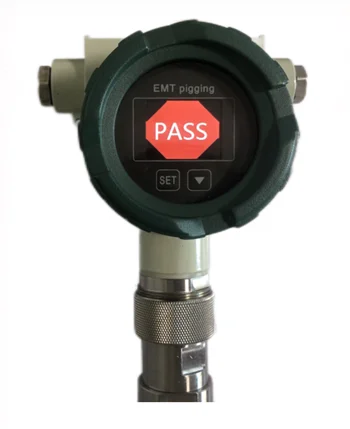
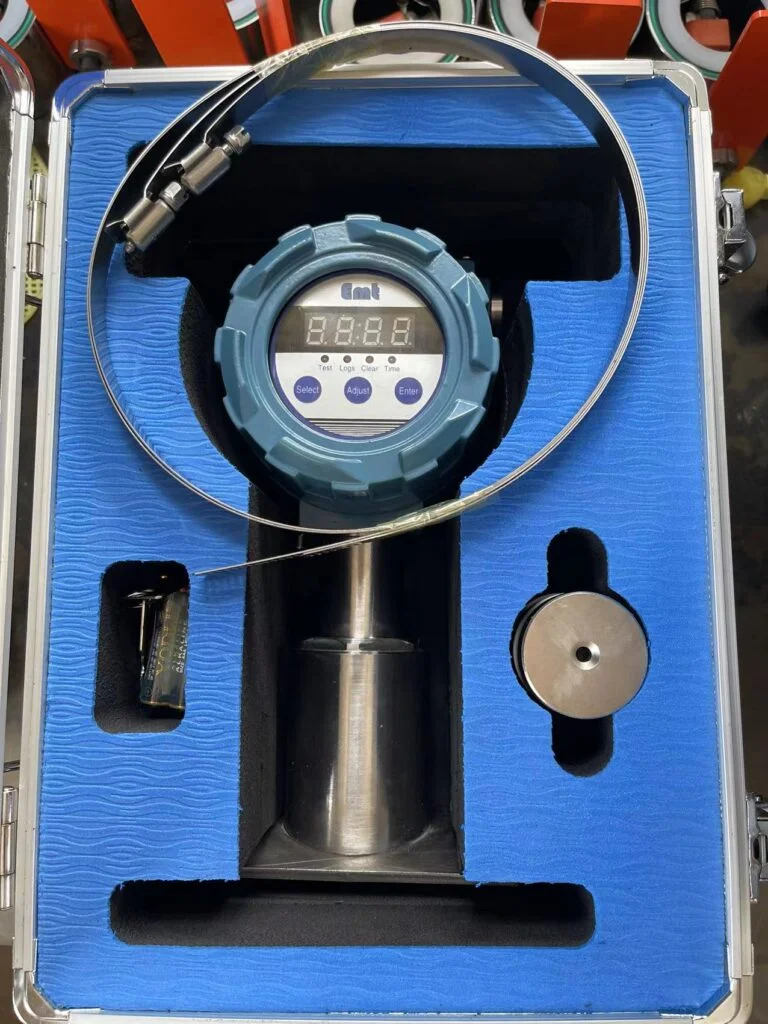

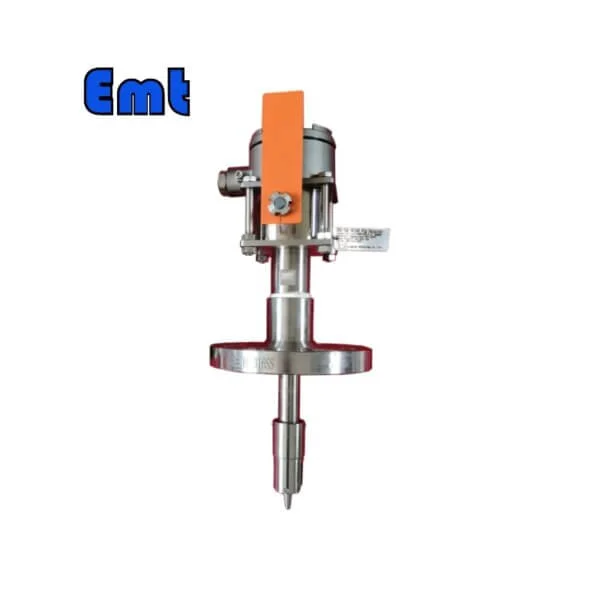
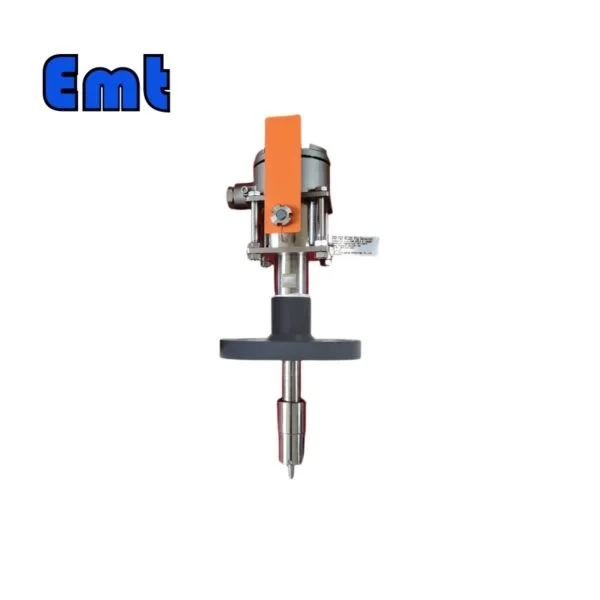
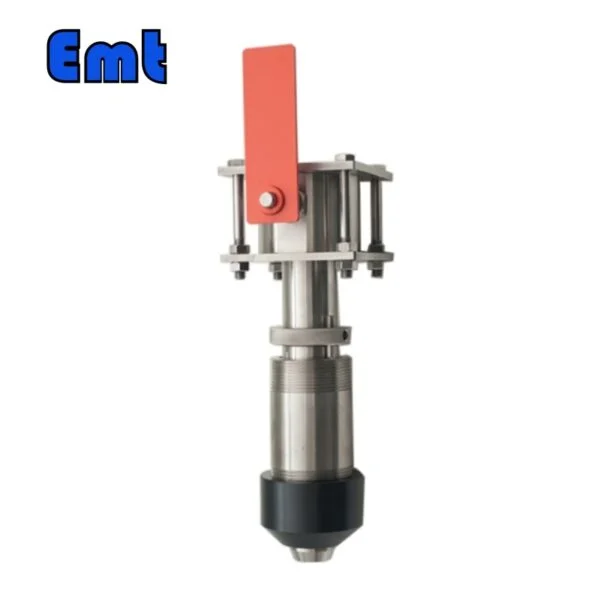

Reviews
There are no reviews yet.